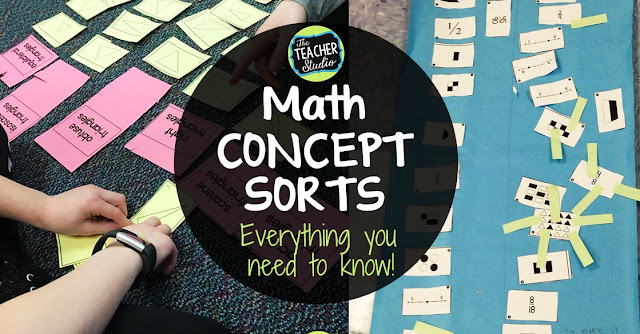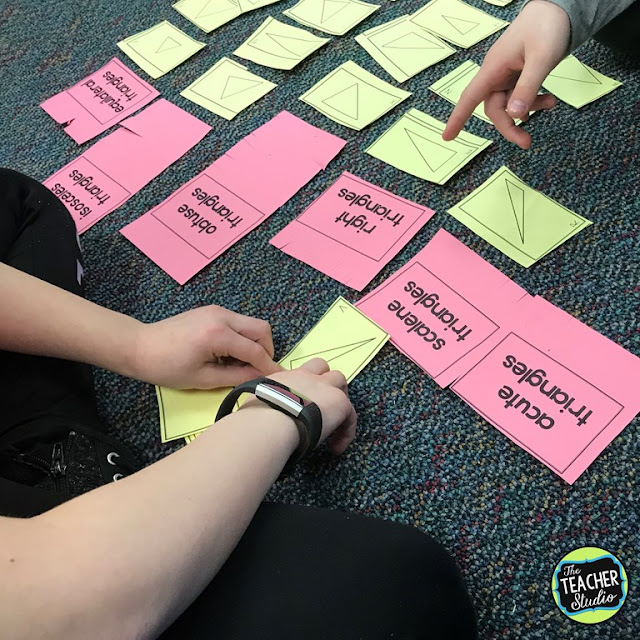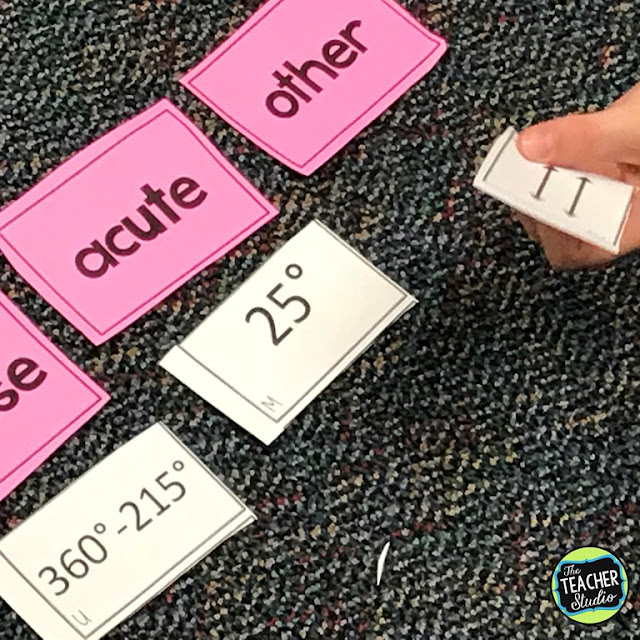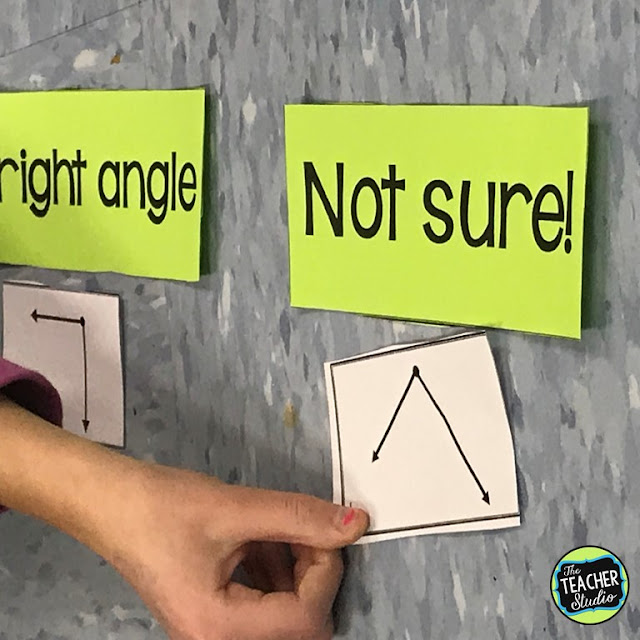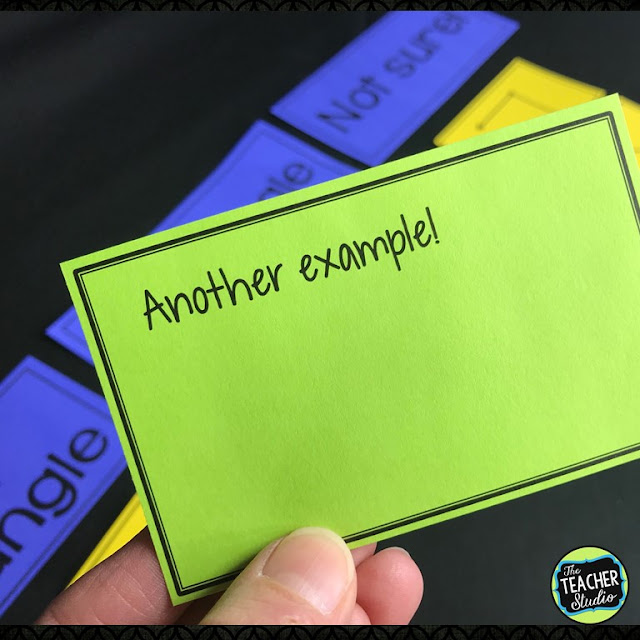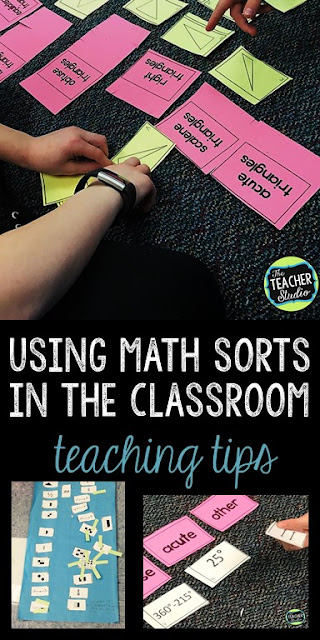I’ve been getting so many questions about how I use my math concept sorts in my class, so I thought I’d make it easy by sharing some of my thoughts with you here.
“How do you work these sorts into your planning and curriculum?”
That’s easy…I use them in a few main ways.
1. As a full class warm-up BEFORE teaching a skill. This helps me see what they know and what they do not know.
2. Or how about as a full class warm-up AFTER teaching a skill. This helps me see what they learned and find any students who may still have misconceptions or superficial understanding.
3. As a replacement lesson for an overly “computation-based” lesson in our program. When I want students to be constructing their own understanding rather than being TOLD, I will often pull out a math concept sort.
4. Or maybe as an “intervention” lesson when I feel students might have misunderstandings that have surfaced.
“How much coaching do you do when you do these lessons?”
That’s a fantastic question…because it all depends on what my purpose is in doing the lesson! If I am trying to collect information about my class…I do far more observing than coaching. If I am reteaching or supplementing–I am an active member of their cooperative groups. I think, as teachers, we need to consistently be mindful of our role; we often teach too much and don’t listen enough! These lessons are the perfect time to back off a bit and truly listen to students.
“How do these sorts help teach the Standards for Mathematical Practice”?
This is a HUGE reason why I am in favor of using math sorts…I honestly believe they are the perfect vehicle to tackle each and every one of the 8 math practice standards. From using reasoning to working and explaining precisely, to modeling with math–sorts get students thinking deeply and talking mathematically about important math concepts. What I think I like the best, is all these standards are intertwined–not isolated.
I also love that there are “fuzzy” answers in my sorts…students SO often are looking for “The. Right. Answer.”…and these sorts give students the freedom to say, “maybe…” or even, “I’m just not sure.” This is how math discourse, critiquing reasoning, and great math talk happen!
“How can these be used for differentiating math instruction?”
- Blank cards for students to create their own representations of the concepts
- Ability to group students selectively–by ability, in mixed-ability groups, or for other strategic reasons (perfect to help provide students with the support and modeling they need)
- Use in intervention groups…either use sorts that haven’t been used in the past OR re-do a sort and really help coach
- Remove some of the more challenging cards to make the sort a little bit easier
“What changes have you seen in your students after using math sorts?”
I feel I’ve blogged about the benefits of using sorts a bunch of times…so I thought I’d link to a few of them here. I also thought I’d share some of the “truths” I believe about using them–and a little bit of feedback from some others who have dug in and used them too!
Click here to read a post about fraction sorts.
Or click here to read a post about multiplication sorts.
Or even click here to read a post about algebraic thinking sorts.
Click here to read a post about geometry sorts.
Finally, click here to read a great “HOW TO” post about using sorts.
Now…here are a few other things I have found to be true about using concept sorts.
We want students thinking about math and being curious about math–filling in the blank is so limiting.
We want students talking about math. Using math discourse can accomplish a few things…It
- gets students thinking deeply as they have to explain ideas to others.
- helps students who are not understanding hear explanations in new ways.
- helps me–as a coach–hear what students are thinking, how deeply they are understanding, and where they may have misunderstandings and math misconceptions.
We want students “doing” math and being able to interact with manipulatives, diagrams, and models.
We want students to encounter productive struggle.
By giving students challenging work, we carve out opportunities for assessment, intervention, critiquing reasoning, and feedback.
Our textbooks and resources typically don’t provide enough of this kind of learning–and our limited professional development tells us we NEED to be doing more…but we don’t have the tools or support.
And don’t forget–you can try an algebraic thinking sort for FREE!

